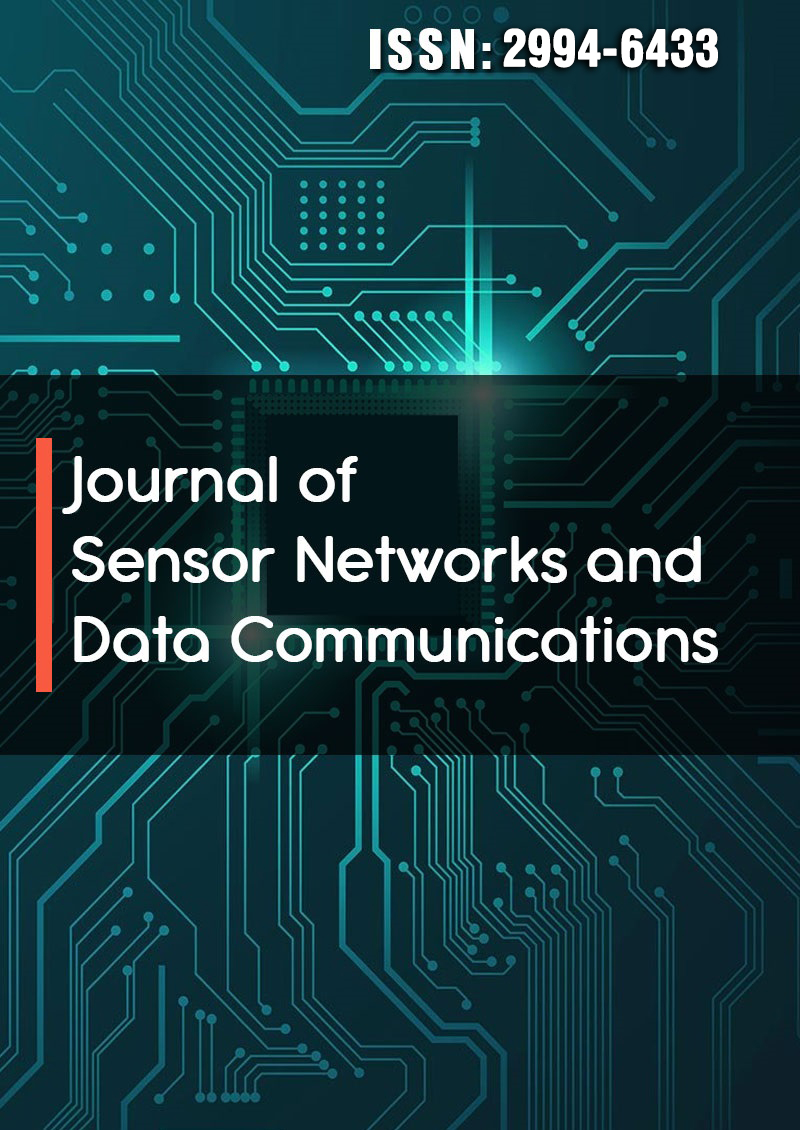Review of the Literature Referring to a Method to Achieve Active Electrical Energy Savings-Single-Phase 220 (VAC) and 50 (Hz)-in Synchronous Ventilation Motors, Greater than that Obtained with the Fan Law
Abstract
Ibar Federico Anderson
It is a mechatronic method to achieve savings in single-phase active energy, greater than that obtained with the “Fan Law” in electrical machines applied to ventilation. The quantitative analysis methods were based on electrotechnical techniques, practiced with the corresponding laboratory instruments on the work materials (three prototypes of electrical machines). The results found from the experimentation on the test bench were expressed in tables that collect data on formulas, values and physical units. The discussion carries out a complete comparative study; mainly between power (watts), active energy consumption (kwh) and rotation speed (RPM). The PMSM type synchronous motor with the coupling of an RL mechatronic circuit design performs mechanical work at its maximum speed of 3000 (RPM) with only 6.3 (Watts), this is only 25.2% of the active power required by the single-phase asynchronous induction motor or shaded-pole motor that needed 25 (Watts) to rotate at 1690 (RPM). This translates into 75% lower active power, with a 44% superiority in speed, which translates into a 75% saving in single-phase active energy (kWh). The same thing also happens if we compare the universal AC motor with carbon and wound rotor, to maintain a speed at 3000 (RPM); given that it will consume 64.8 (Watts), that is, 90.3% more single-phase active energy than that required to match the same speed of the PMSM type synchronous motor. All with the same diameter of the impeller blades and the same conditions of temperature and atmospheric air pressure.



